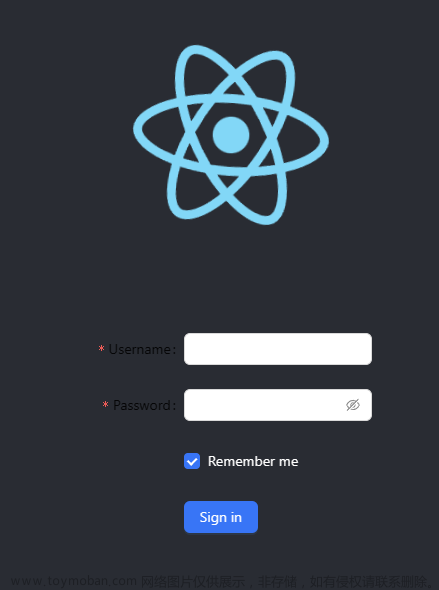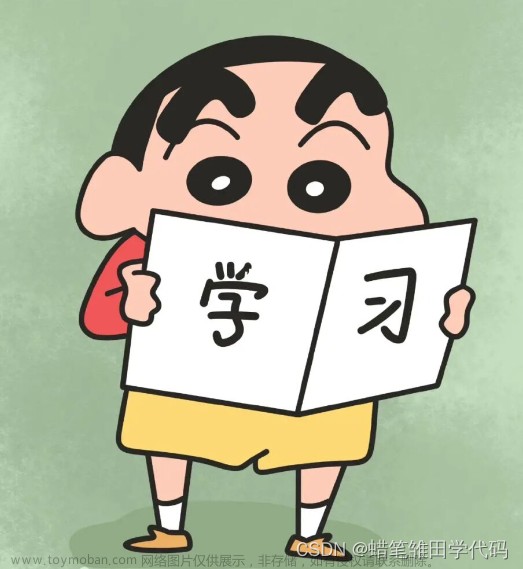
目录
组件:构建现代UI的基本单位
Props:组件之间的数据传递
Props的灵活性:构建可配置的组件
组件间的通信:通过回调函数传递数据
总结:
组件:构建现代UI的基本单位
组件是前端开发中的关键概念之一。它允许我们将UI拆分成独立、可复用的部分,使得代码更易于理解、维护和测试。React的组件化方式使得构建复杂的UI变得简单,并且可以轻松地重用和组合不同的组件。
在React中,我们有两种类型的组件:类组件和函数组件。类组件是使用ES6的class语法定义的,而函数组件则是简单的JavaScript函数。无论是类组件还是函数组件,它们都接收props作为参数并返回一段描述UI的JSX代码。
Props:组件之间的数据传递
在React中,props是组件之间进行数据传递的机制。通过props,我们可以将数据从父组件传递给子组件,并在子组件中使用这些数据来渲染UI。Props是只读的,子组件不能直接修改props的值。
在父组件中,我们可以定义props并将其作为属性传递给子组件。子组件可以通过this.props(对于类组件)或props(对于函数组件)来访问这些props的值。
// 父组件 - App.js
import React from 'react';
import ChildComponent from './ChildComponent';
class App extends React.Component {
render() {
return <ChildComponent name="John" age={25} />;
}
}
// 子组件 - ChildComponent.js
import React from 'react';
class ChildComponent extends React.Component {
render() {
return (
<div>
<p>Name: {this.props.name}</p>
<p>Age: {this.props.age}</p>
</div>
);
}
}
在上面的例子中,我们向子组件传递了一个名为name的字符串prop和一个名为age的数字prop。子组件可以使用this.props.name和this.props.age来获取这些值,并在渲染时使用它们。
Props的灵活性:构建可配置的组件
Props不仅仅用于数据传递,还可以使组件更加灵活和可配置。通过改变props的值,我们可以根据需要渲染不同的UI。这种灵活性使得我们能够创建可重用的、可配置的组件,从而提高开发效率。
// 父组件 - App.js
import React from 'react';
import ChildComponent from './ChildComponent';
class App extends React.Component {
constructor(props) {
super(props);
this.state = {
showAge: true,
};
}
toggleAge = () => {
this.setState(prevState => ({
showAge: !prevState.showAge
}));
};
render() {
return (
<div>
<button onClick={this.toggleAge}>Toggle Age</button>
<ChildComponent name="John" age={25} showAge={this.state.showAge} />
</div>
);
}
}
// 子组件 - ChildComponent.js
import React from 'react';
class ChildComponent extends React.Component {
render() {
return (
<div>
<p>Name: {this.props.name}</p>
{this.props.showAge && <p>Age: {this.props.age}</p>}
</div>
);
}
}
在这个例子中,我们通过点击按钮来切换子组件中的showAge prop。根据showAge的值,我们决定是否渲染子组件中的年龄信息。这使得我们可以根据需要动态地配置和显示组件的不同部分。
组件间的通信:通过回调函数传递数据
除了传递数据外,我们还可以通过props将回调函数传递给子组件,以实现组件之间的通信。子组件可以调用这些回调函数并将数据作为参数传递回父组件。
// 父组件 - App.js
import React from 'react';
import ChildComponent from './ChildComponent';
class App extends React.Component {
constructor(props) {
super(props);
this.state = {
message: ''
};
}
handleMessageChange = (message) => {
this.setState({ message });
};
render() {
return (
<div>
<ChildComponent onMessageChange={this.handleMessageChange} />
<p>Message: {this.state.message}</p>
</div>
);
}
}
// 子组件 - ChildComponent.js
import React from 'react';
class ChildComponent extends React.Component {
handleChange = (event) => {
const message = event.target.value;
this.props.onMessageChange(message);
};
render() {
return (
<div>
<input type="text" onChange={this.handleChange} />
</div>
);
}
}
在上面的例子中,子组件包含一个文本输入框,当输入框的值发生变化时,它会调用父组件传递的onMessageChange回调函数,并将新的消息作为参数传递回父组件。父组件通过更新其状态来响应这个回调函数,从而实现了与子组件的通信。文章来源:https://www.toymoban.com/news/detail-737660.html
总结:
在本篇博客中,我们了解了React中的组件和props的概念,并探讨了它们在构建现代Web应用程序中的重要性。组件使得我们可以将UI拆分为可复用的部分,而props允许我们在组件之间进行数据传递。通过灵活使用props,我们可以创建可配置的组件,并通过回调函数实现组件之间的通信。希望这篇博客能够帮助您更好地理解组件和props的概念,并在React开发中发挥更大的作用。文章来源地址https://www.toymoban.com/news/detail-737660.html
到了这里,关于组件与Props:React中构建可复用UI的基石的文章就介绍完了。如果您还想了解更多内容,请在右上角搜索TOY模板网以前的文章或继续浏览下面的相关文章,希望大家以后多多支持TOY模板网!











